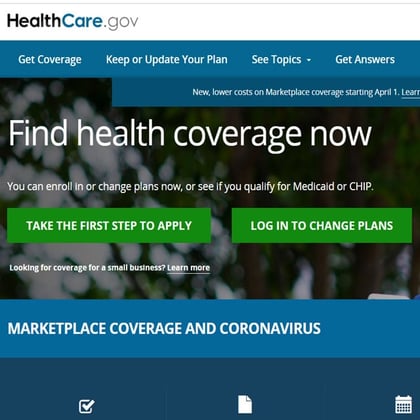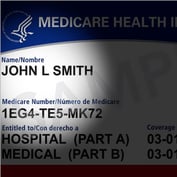What You Need to Know
- Direct enrollment entities must put short-term health and other excepted benefits on their own page.
- Many commenters objected to any moves to combine exchange and non-exchange plans in listings.
- HealthCare.gov navigators must use HealthCare.gov and can't use web broker sites.
Managers of HealthCare.gov have bent, a little, to accommodate web brokers that help workers with individual coverage health reimbursement arrangements (HRAs) sign up for health insurance.
Officials at the Centers for Medicare and Medicare Services and the parent of CMS, the U.S. Department of Health and Human Services, gave individual coverage HRA programs a limp handshake in a new final rule.
The final rule describes a batch of parameters that will apply to Affordable Care Act rules and programs, including HealthCare.gov and state-based ACA public health insurance exchange programs, in 2022. The parameters regulations also will shape the open enrollment period for 2022 exchange plan coverage, which is set to begin Nov. 1.
Trump’s Web Broker Listing Rules
The new final rule is based on draft regulations that CMS and HHS put out in December 2020, while Donald Trump was still president. The Biden administration has blocked or altered many of the changes proposed in the draft regulations.
Originally, for example, officials suggested that they might let web brokers display full information for some exchange plans and only basic information for other exchange plans, instead of requiring web brokers to display full information for all exchange plans.
Instead, in the new final rule, officials have required web brokers to post most available information for all exchange plans.
In most cases, web brokers must post information about ACA exchange plans in one section of the website, information about off-exchange major medical plans in a second section, and information about other types of products, or “excepted benefits,’ such as dental insurance and short-term health insurance, in a third section.
The Trump administration also proposed helping the new individual coverage HRA program, or ICHRA program, by letting web brokers show individual coverage HRA users a list of all individual and family major medical plans, including off-exchange plans, available in the shopper’s area.
The Trump administration created the individual coverage HRA program to help employers of all sizes give workers cash the workers can use to buy their own health coverage.









 May 03, 2021 at 12:45 PM
May 03, 2021 at 12:45 PM











